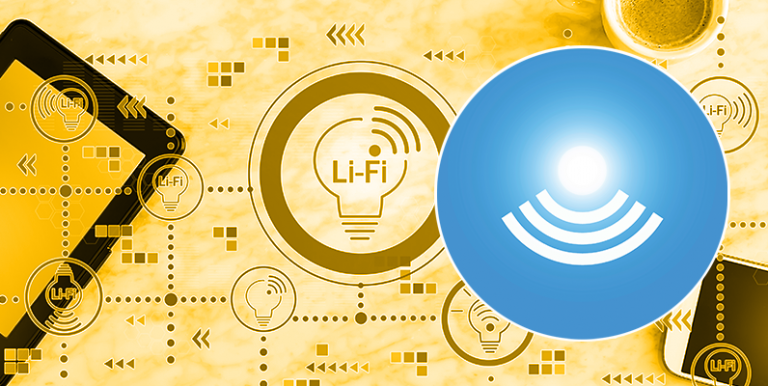Researchers demonstrate light communications able to support IOT and Medical applications
4 June 2020
Researchers, including ICCS members, have demonstrated novel visible light communication systems that can support IOT and medical applications

Author: Dr Rob Thompson, Institute Manager
Visible Light Communications | IOT | Circuit design
In research recently published in the Nature journal Light: Science & Application a pan-European group of engineers and scientists have demonstrated the use of organic based light emitters and sensors to support bio-sensing applications.
Using Organic Light Emitting Diodes (OLEDs), the team demonstrate a “real-time” Visual Light Communication (VLC) setup achieving a data rate of 2.2 Mb/s, which satisfies the requirements for IoT and biosensing applications.
This demonstration has shown the highest rates ever reported for an online unequalised VLC link based on solution-processed OLEDs.
In recent years, the increasing demand for faster data transmission speeds has shifted the attention of researchers from bandwidth-limited radio technologies to optical wireless communication systems offering almost unlimited bandwidth.
Of optical wireless communications systems, VLC are appealing due to the possibility of integrating the technology within everyday light-emitting devices ranging from lighting systems to mobile phones and TV displays.
This work looks exclusively at light-emitting devices made from organic semiconductors. Such devices can be efficiently made using a technique to cheaply deposit materials over large areas through processes such as the spinning, spray coating or inkjet depositing of liquids.
Professor Izzat Darwazeh, Director of ICCS and co-author on the published research worked on the circuit design and communication system.
Professor Darwazeh said:
This work looks at the complete system, from the development of nanostructured organic compounds that emit light by the teams in Poland, through novel device design and characterisation by the UCL team at the London Centre for Nanotechnology and colleagues in Italy, and to our work on circuit design and communication system implementation.“
Explaining the importance of the work he continued to say:
It is a world first for organic light emitting devices in practical optical communication links at Mbit/s speeds with simple electronics. This shows these devices and systems, produced at low cost can be used for IoT applications and for data transmission in areas where radio frequency can not be used such as in hazardous environments, areas of high electromagnetic interference or areas close to sensitive equipment as in hospitals."
The research contribution from UCL was undertaken in collaboration across multiple faculties with work based within the Department of Electronic and Electrical Engineering along with the London Centre for Nanotechnology.
Acknowledgements
The researchers gratefully acknowledge funding by EPSRC (grant EP/P006280/1, MARVEL).
 Close
Close

